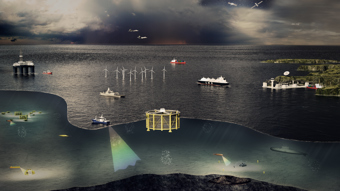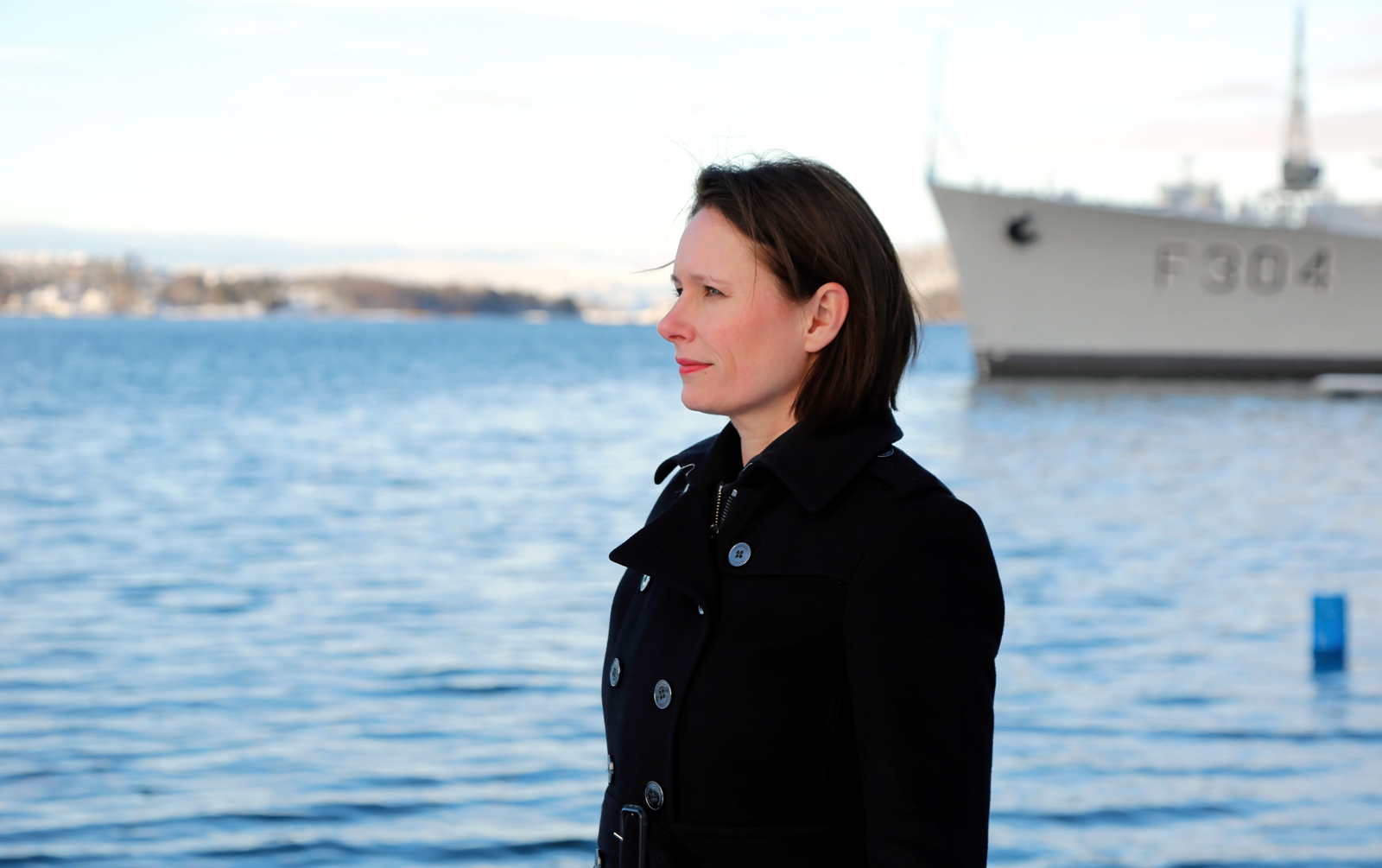
Technology from Kongsberg Norcontrol monitors ship traffic and ports all over the world. In this interview, the VP of Marketing and Sales, Lene Vesterlund, talks about the way forward for the company.
-
Text:OVE RONNY HARALDSEN
Photo:OVE RONNY HARALDSEN
-
Ove Ronny HaraldsenGroup Communication Manager
Kongsberg Norcontrol delivers systems which help ships avoid running aground. Technology helps save lives, protect the environment from oil spills and reduce emissions by making shipping traffic more efficient. In addition, Kongsberg Norcontrol is helping to detect unwanted activity and protect nations.
“Kongsberg Norcontrol provides maritime surveillance systems that make sea journeys secure, safe and effective. We have both civilian and military customers. Typical civilian customers are port authorities such as the Port of Singapore, one of the world’s largest, and the Port of Los Angeles,” says Lene Vesterlund and continues.
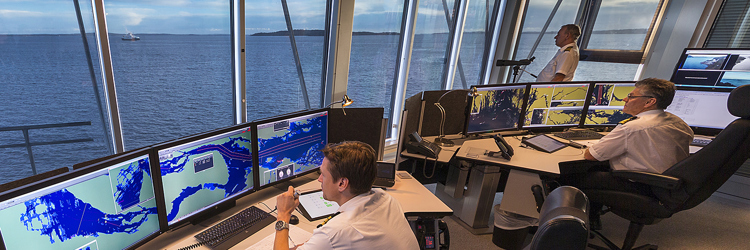
“Another important area for Kongsberg Norcontrol is coastal surveillance. Our customers here are coastal authorities such as the Norwegian Coastal Administration or the Coast Guard in the UK. In terms of defence, we supply large surveillance systems to the Norwegian Armed Forces, for example, who monitor all Norwegian waters. In Denmark, our systems are used to monitor marine firing ranges, thus ensuring that there are no civilian ships in the training area. Furthermore, we supply surveillance systems to offshore installations, such as Statoil, and wind farms.”
- How do these monitoring systems work in practice?
“There are radar stations around ports and along the coast which act as the “eyes”, watching the traffic. In addition, we have AIS, which stands for Automatic Identification System. AIS is used both on land and from satellites in polar orbits that cover the entire globe. We do not produce radars and other sensors ourselves, but buy in systems from others, such as Kongsberg Seatex, which provides AIS.
“Kongsberg Norcontrol is a world leader in combining sensor data in a way that ensures quality and that allows systems to show exactly where ships are actually located. Our decision support systems and “Human Machine Interface” help the operator to make the right decisions at the right time. Service Level agreements are important both for us and for the customer. The agreements ensure that the customer has state-of-the-art systems at all times.
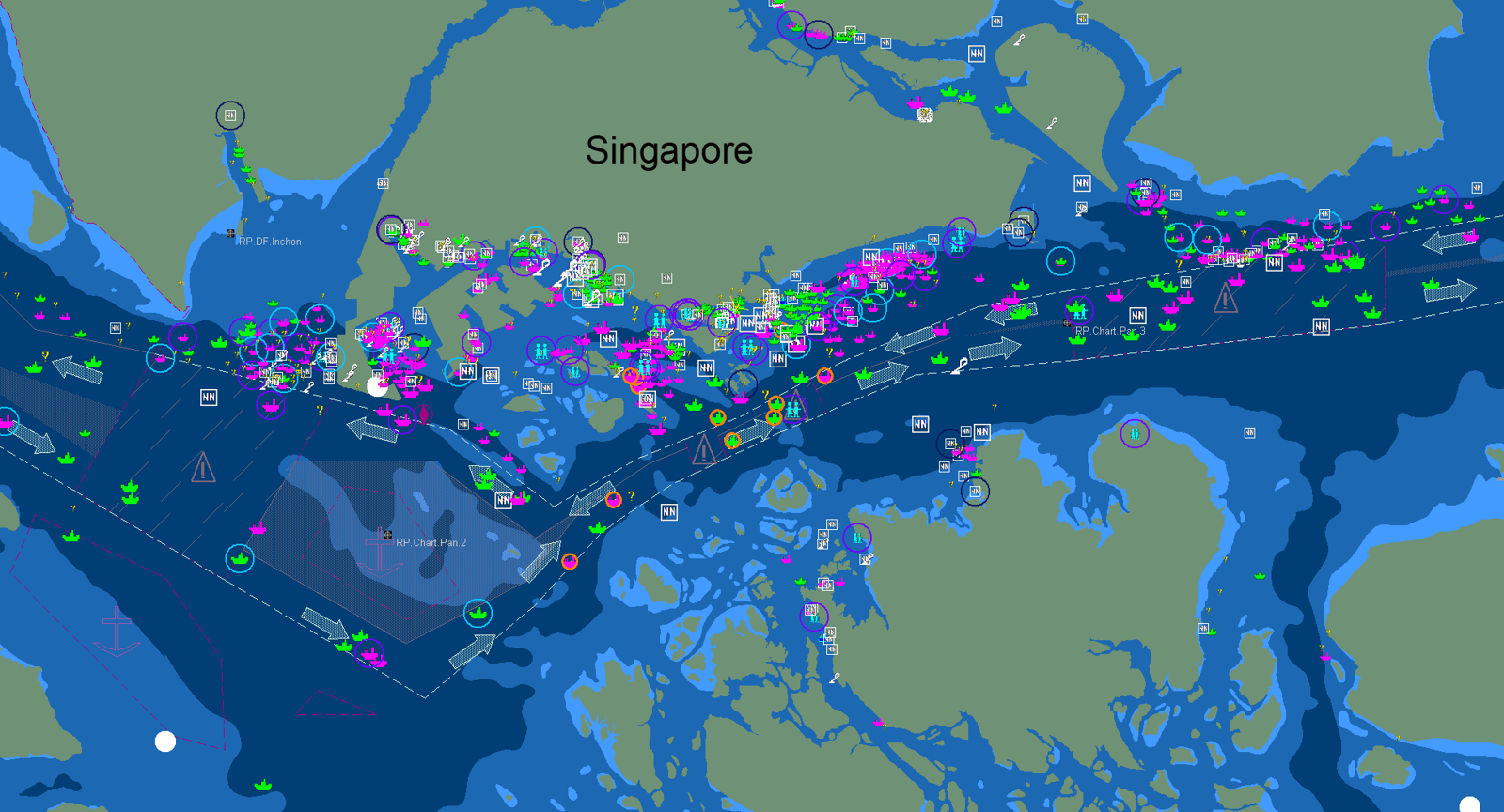
“Also, we have a very exciting concept called Build, Own, Operate and Transfer, or BOOT for short. This is a form of “toll barrier” at sea. Kongsberg Norcontrol owns the system itself and is responsible for manning it. We currently do this in India, where ships entering the Gulf of Khambhat have to pay a fee. Part of the fee goes to the authorities and the rest to us. We have a 30-year concession to operate the system, and that means stable revenue over a long period for KONGSBERG. This is a very exciting concept and there is no-one else doing this in our market today.”
- What are currently the most important markets?
“We operate all over the world, with offices in Norway, the UK, India and Singapore. We are located in these places because these are our key markets. In addition, we jointly own companies in South Africa and India. Our home market, Norway, is important, with customers such as the Norwegian Coastal Administration and the Armed Forces. They are very good at challenging us and making tough demands, which means we’re at the forefront of our field and are competitive internationally.”
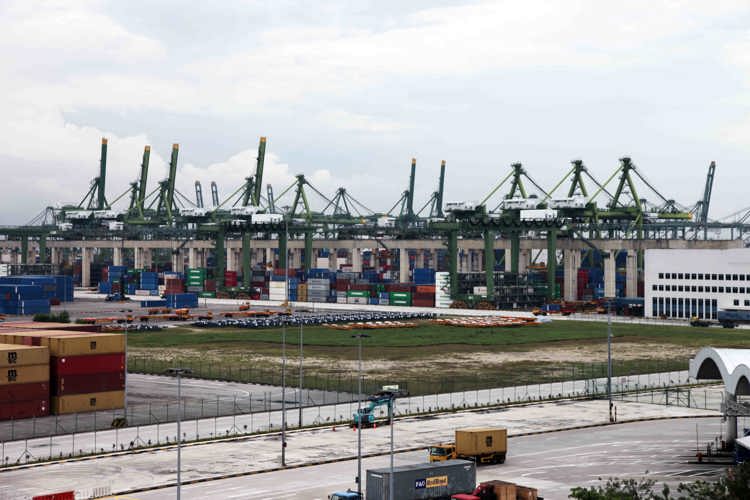
- What trends will we see in these markets in the future?
“A maritime safety analysis from 2014 shows that there will be an increase in ship traffic in Norway alone of just over 40% between 2013 and 2040. This also means that the probability of accidents will increase. According to the analysis, if new tools are not developed to control the increase in traffic, the risk of accidents will also increase by 30%.
“In several places in the world, we are seeing waves of migrants and refugees in maritime areas, and we have an increased fear of terror. A trend here is that nations want behaviour analysis, where machine learning and analytics provide early indications if an undesired activity or event is about to occur. This may be smuggling, crime, illegal fishing, the risk of running aground or other suspicious behaviour that poses a danger to a nation.

“Another area we’re working on is digitalisation. We see this throughout KONGSBERG, especially regarding the efficiency of communication between ship and land. Currently, a vast amount of information is transmitted by radio and fax. We’re now moving in the direction of digitalising communication so that there is more automatic reporting and sharing of information between sea and land, which will result in greater efficiency and better understanding of situations.
“Cyber security is something customers are increasingly focused on. There are critical systems where you have to be able to trust 100% that they cannot be put out of action.
“The latest trend I want to mention is autonomous ships such as Yara Birkeland. For our part, it will be interesting to see how we deal with system-controlled vessels without people on board.”
- What is the way forward for Kongsberg Norcontrol?
“The way forward can be divided into three main areas. One is traditional monitoring of the sea and the coast. The second is digitalisation and e-navigation, an area in which we are investing heavily to ensure that we are at the forefront of our field. The third area is what we call Managed Services, where we enter the value chain and take over a lot of the customer’s existing systems and processes, such as with the BOOT concept, for example.”
- Norcontrol is one of the partners in the Sesame II project. Can you tell us in brief what this project is about?
“Sesame II is an e-navigation project. The idea behind the project is to produce digital solutions to ensure that staff on board a ship and people at VTS on land will have a shared understanding of the situation. Priorities include being able to plan port resources, achieve automatic ship reporting, receive shared alarms and traffic predictions, and achieving a reduced administrative burden. Sesame II will to make it easier for the crew to focus on steering the ship, instead of on reporting.”
“I like to stress that we have to stand for the four KONGSBERG values — especially when it comes to being reliable.”
- You were appointed as head of marketing and sales at Kongsberg Norcontrol. What types of challenge do you face in this position?
“There are extremely long lead times in this industry, just as with many other markets KONGSBERG is operating in. It can take several years before a sale is realised. This requires us to work with customers and markets over long periods, to make the right decisions and prioritise correctly. These are questions that pop up all the time — whether we should go with one option or another, or which countries we should devote resources to. We don’t have enough salespeople to cover the entire globe, so we depend on collaborating with others. This may be different parts of Kongsberg Gruppen, or other partners.”
- You want everyone at Norcontrol to understand that their role includes being a salesperson?
“Yes, I do. Partly in jest, I usually say that I have the largest department at Kongsberg Norcontrol as we are all salespeople. Whether you are a project manager, service representative or programmer, it’s important that everyone makes a good impression on the customer. It takes a long time to build up good relationships. I like to stress that we have to stand for the four KONGSBERG values — especially when it comes to being reliable.”
- You are one of the 24 women in Norwegian industry who participated last year in the Confederation of Norwegian Enterprise (NHO) leadership development programme, Female Future. What did you take away from this programme?
“Female Future has been an incredibly rewarding and at the same time demanding programme. I had the pleasure of participating together with 23 other fantastically skilled, supportive, smart and warm people. The programme has given me inspiration, an opportunity for reflection, increased confidence and support in my day-to-day managerial role. I have a very good and extensive network which I know I can contact at any time. Increased knowledge within leadership skills is an important part of the course and we got to meet inspiring people such as NHO director Kristin Skogen Lund and Hadia Tajik. It’s been a fantastic year, which was rounded off with participation in the 2018 NHO annual conference.”
- At Kongsberg Gruppen we have an initiative called Female Forum, which aims to motivate women to take up leadership positions. How important are arenas such as this and Female Future?
“Arenas like this provide a fantastic opportunity for network building. KONGSBERG has traditionally been a male-dominated company where women often felt isolated. I really think we’re moving in the right direction at KONGSBERG, where the proportion of female managers is now equal to the proportion of women in the company in general, i.e. around 20%. A healthy mix of competence, skills and gender is part of improving KONGSBERG.
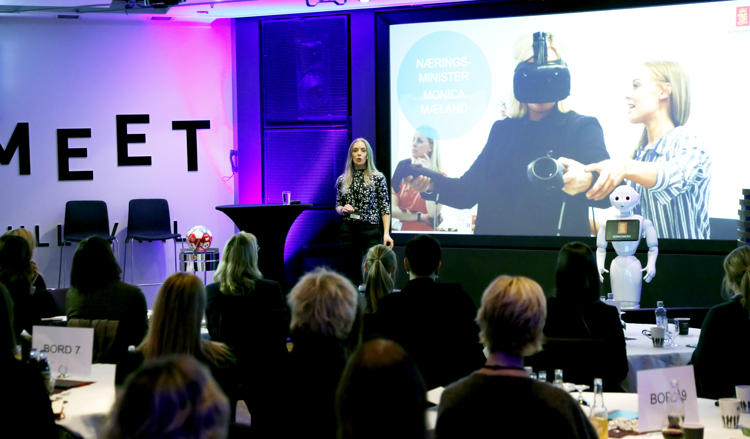
“As a participant, I’ve experienced great openness in these forums and a desire to get to know each other, what we do in our day-to-day work, our challenges and how we can support each other. It’s a privilege to get to spend time on personal development and you get a huge amount of inspiration and motivation to do the job even better.
“Kongsberg Female Forum plays an important role in publicising the work that KONGSBERG is doing to increase diversity and it undoubtedly inspires a number of female talents to take that step and take on the responsibility of leadership”, concludes Lene Vesterlund, Vice President Marketing and Sales at Kongsberg Norcontrol.


